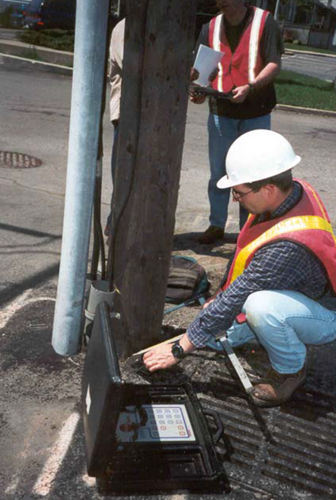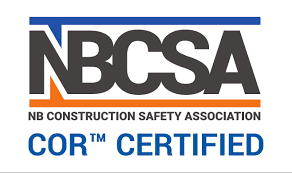Pole Inspection
Inspection Methods
Services are conducted from ground level.

Technique Definitions
Traditional Sound & Bore techniques determine if a pole is good or not in accordance with known criteria.
Resistograph technique – A specialized electronic drill called a Resistograph which uses a tiny 1.5 mm drill bit, provides graphical representation of the type and extent of hidden internal decay in a pole. The drill causes virtually no damage and there is no need to plug the hole.
Pole Inspection Methods – almost all inspection techniques can be offered.
Visual and Sounding Inspection: This involves inspecting the pole for surface decay, mechanical damage, extension of cracks & feathering etc Using a hammer a sound test at the ground level (GL) and up to 6 feet above GL will identify potential weakness. Any suspected weak locations will be noted and the pole will be further evaluated using the most appropriate technique preferred by the Utility.
Factors Affecting Pole Strength Moisture increases density reduces strength.
Loss of wood material due to decay location of decay pocket affects strength differently.
Orientation of cracks, knots, etc. loading direction can affect strength.
And many other factors can determine the pole condition.



